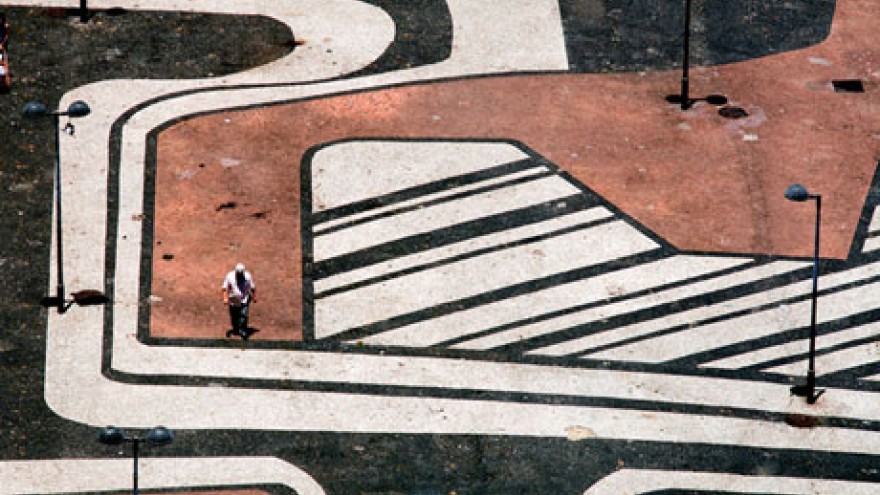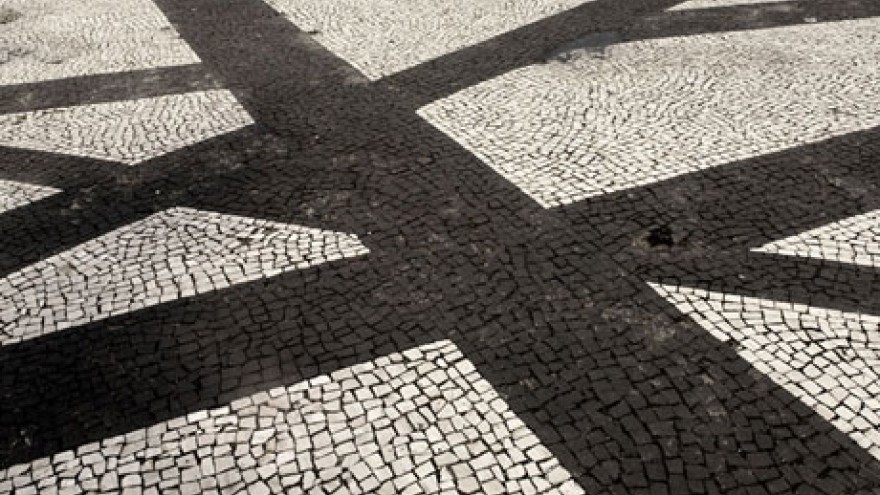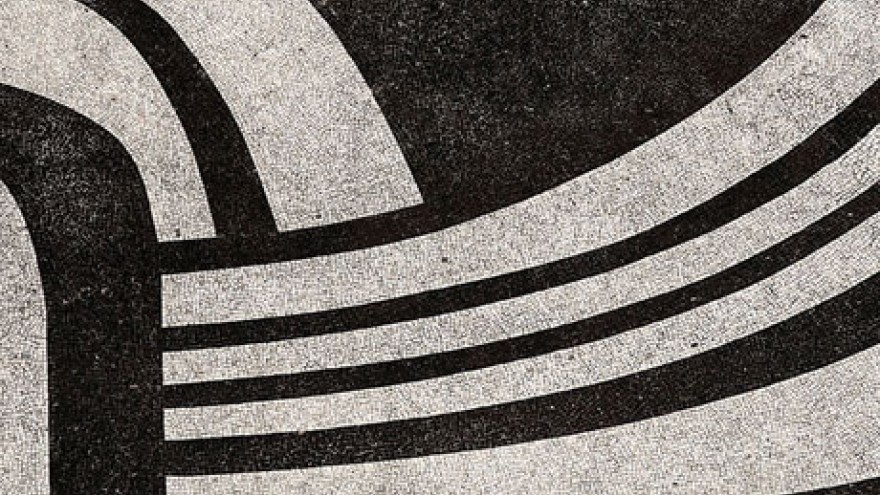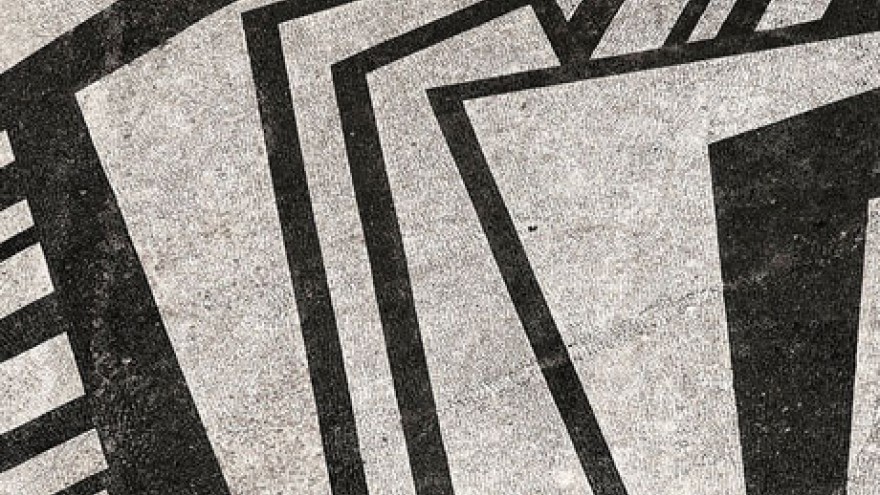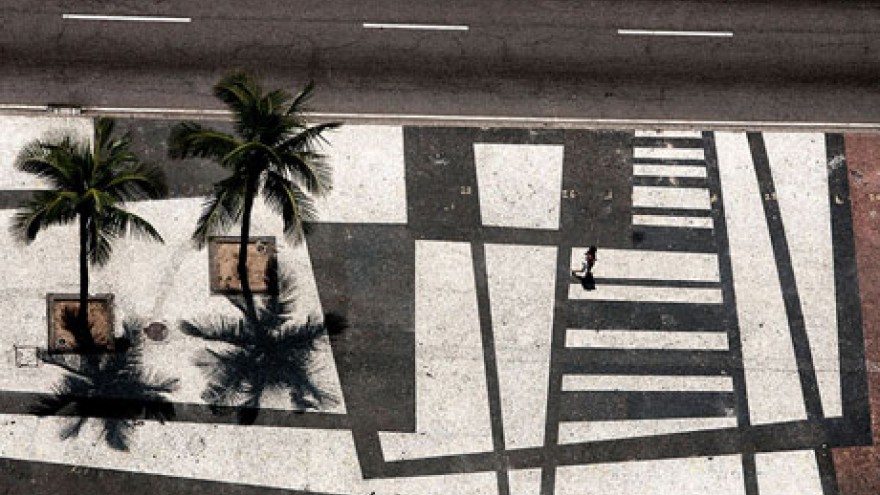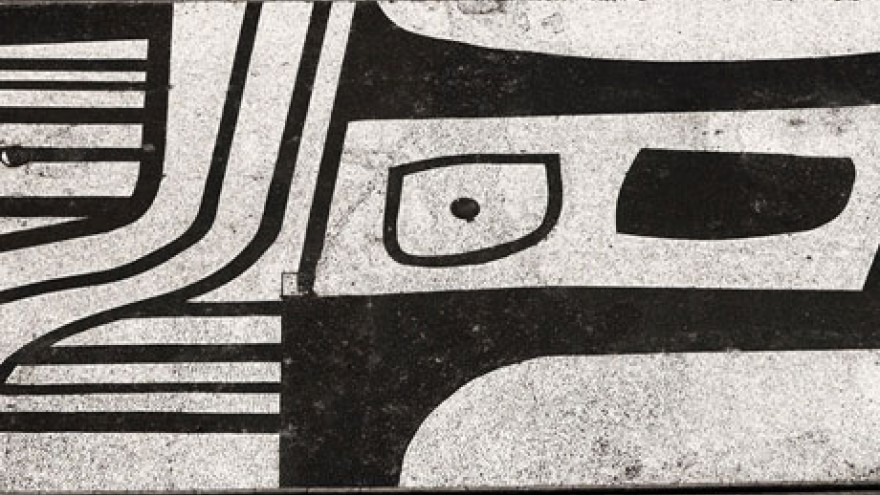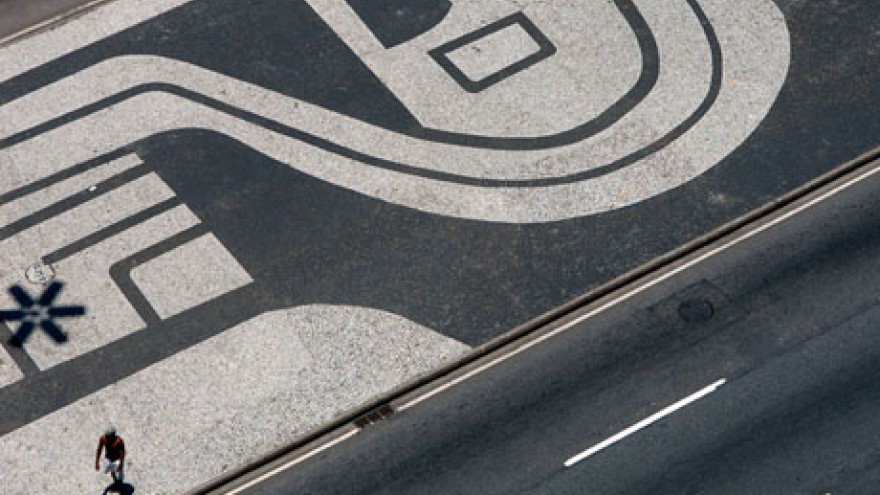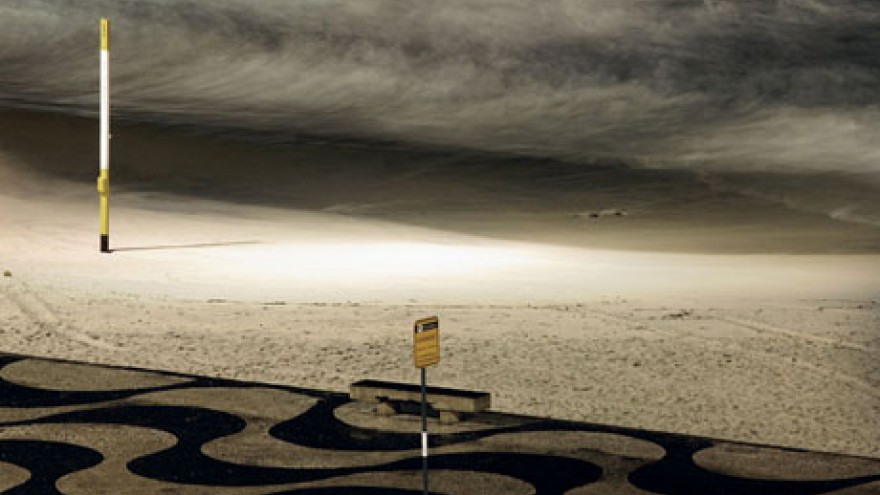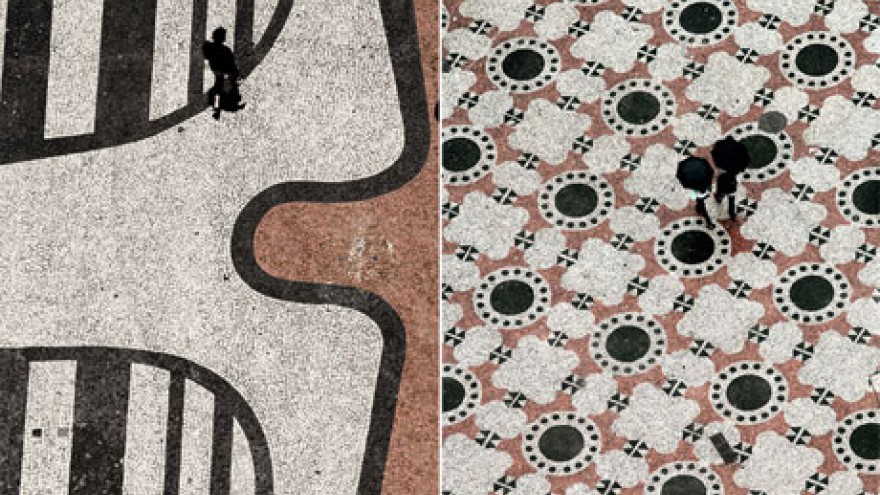The statue of Christ the Redeemer and Sugarloaf Mountain are the two things that most associate with Brazil’s capital Rio de Janeiro. But there’s also magnificent street art that is often overlooked, or over walked.
Burle Marx, a Brazilian landscape architect of the 1970s, created the first and biggest street art in the city. He redesigned Copacabana’s calçadão, loosely translated as “big sidewalk”.
Copacabana’s sidewalks are covered with geometric mosaics made of “Portuguese stones”. These stones are similar to the ones found in Lisbon, comprising limestone and basalt. The wavy pattern of the mosaic is said to be a modern abstract interpretation of the traditional Portuguese paving from the early twentieth century that used black-and-whites stones.
When Rio de Janeiro’s local government decided, years later, to widen the avenues bordering this beach, Marx was invited to add his artistic flair to the new design. His redesign involved making the waves that previously ran perpendicular to the shoreline, flow in harmony with the ocean.

